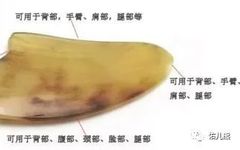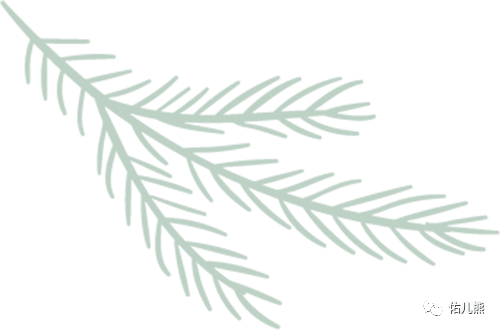
Click the blue text to follow us

Gua Sha
Today, we will learn about a simple and easy-to-operate traditional Chinese medicine treatment method—Gua Sha.
Gua Sha is one of the traditional natural therapies in China, known for its ability to unblock meridians and invigorate blood circulation. It is effective for conditions such as colds, heatstroke, and muscle soreness. Regular practice of Gua Sha can help adjust the flow of Qi, relieve fatigue, and enhance immune function.
Origin

Gua Sha originated in the Paleolithic era. In ancient times, when people fell ill, they instinctively used their hands or stones to rub or strike certain areas of the body, sometimes achieving relief from ailments. Through long-term practice and accumulation, it evolved into the modern practice of Gua Sha.

Gua Sha Tools
Gua Sha Board
The Gua Sha board should have a clean surface and smooth edges. It is typically rectangular with rounded corners. One long edge is slightly thicker, while the other is thinner. The thin side is used for Gua Sha on flat areas of the body, while the thicker side is suitable for massage and health maintenance. The corners of the board are used for scraping concave areas of the body.
After using the Gua Sha board, it is best to clean it with soapy water or disinfect it with alcohol.
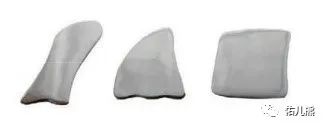
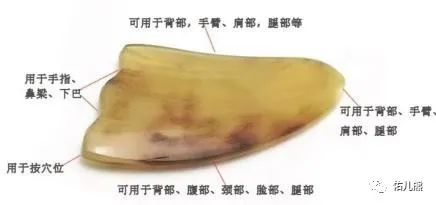
Lubricants
Common lubricants include safflower oil, liquid paraffin, or specialized herbal preparations for invigorating blood circulation.
Commonly used Gua Sha lubricants include wintergreen ointment, sesame oil, egg white, scallion and ginger juice, white liquor, liquid paraffin, and talcum powder.


Correct Holding Technique
Hold the board in your right hand, making a loose fist to grip the Gua Sha board. The board should be in close contact with the area being scraped, maintaining an angle of 45°-90° with the scraping direction.
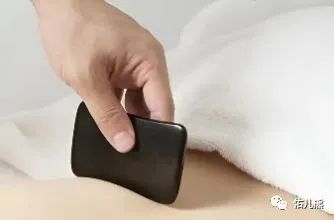
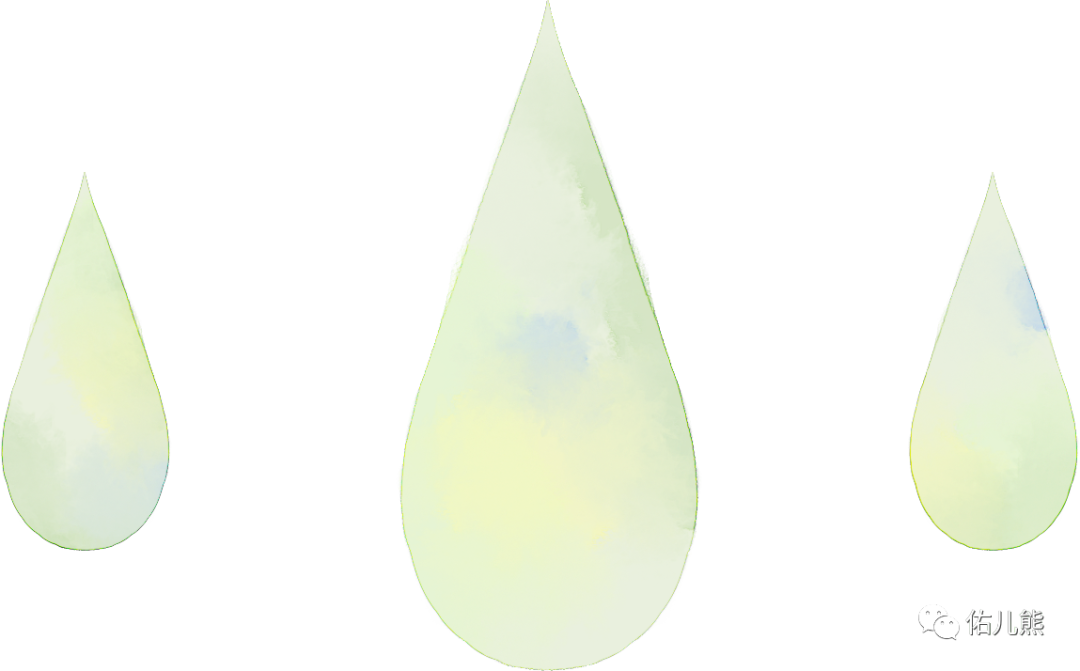
Specific Techniques
Scrape in a consistent direction, either from top to bottom or from inside to outside, without back-and-forth scraping.
Surface Scraping Method
The angle between the Gua Sha board and the scraping direction is usually 45°. This method is commonly used for back Gua Sha.
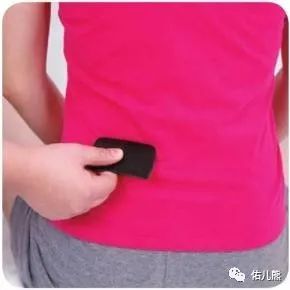
Pushing Scraping Method
The angle between the Gua Sha board and the scraping direction is less than 45°, applying greater pressure, slower scraping speed, and shorter scraping distance. This method is suitable for painful areas.
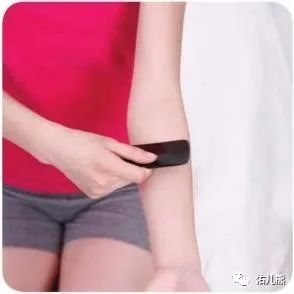
Flat Scraping Method
The flat scraping method has a smaller angle, generally less than 15°. It is suitable for sensitive areas such as the face, hands, feet, and ear reflex zones.
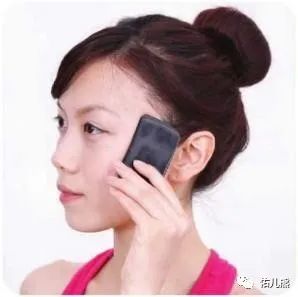
Corner Scraping Method
The corner scraping method involves using the corner of the Gua Sha board to scrape the body, typically at a 45° angle.
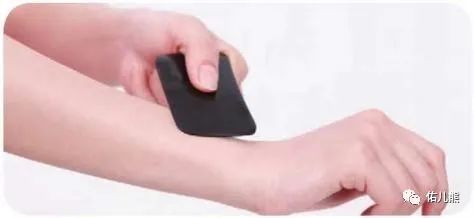
Tips
In addition to the above techniques, Gua Sha can also be classified into nourishing and draining methods.
Nourishing Method: Scraping with light pressure, slow speed, and longer stimulation time. Suitable for elderly, weak, chronically ill, or severely ill patients.
Draining Method: Scraping with heavy pressure, fast speed, and shorter stimulation time. Suitable for young, strong, newly ill, or acutely ill patients.
Key Points of Operation
1. Fully expose the area to be scraped and evenly apply Gua Sha oil or other mediums on the skin.
2. Hold the scraping board, starting with light, slow techniques. Once the subject adapts, gradually increase the pressure and speed, based on the subject’s tolerance. Scrape in one direction along the meridians, focusing on painful points and acupoints until the desired marks appear.
3. You can scrape along the Du Mai (Governing Vessel) on the back and the back-shu points of the Taiyang Bladder Meridian to invigorate Yang energy and adjust organ functions, enhancing disease resistance.
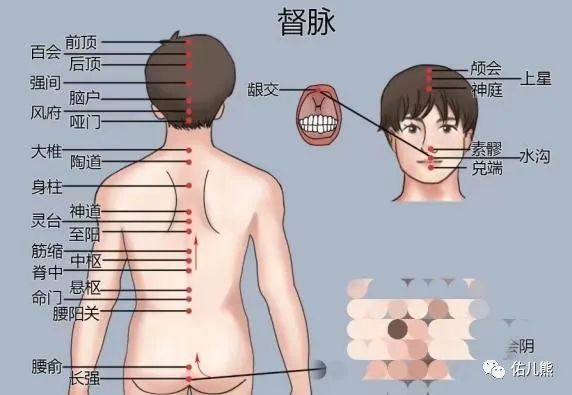
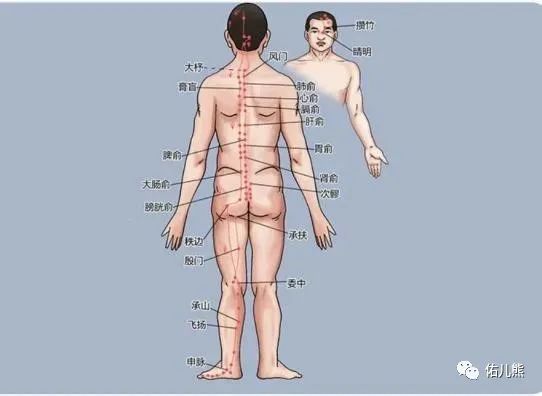
4. After Gua Sha, advise the patient to drink warm water to help detoxify the body.
Indications and Contraindications
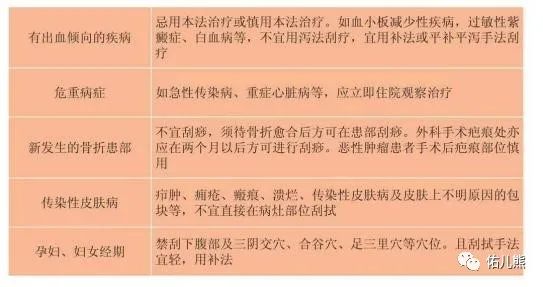
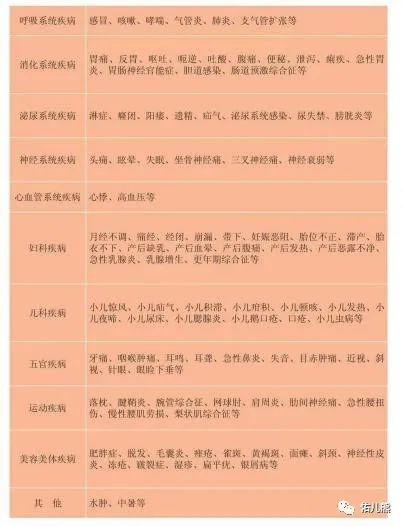
Tips
Precautions
Patients with bleeding tendencies, severe skin allergies, extreme weakness, or severe heart failure should avoid or be cautious with Gua Sha.
Choose a good treatment environment with fresh air and suitable temperature; avoid Gua Sha in drafty areas during summer.
Duration and Frequency of Gua Sha:
Generally, scrape each area about 20 times, based on the patient’s tolerance or until marks appear.
Each scraping session should last about 20-25 minutes, without solely focusing on achieving marks.
The second session should be spaced 5-7 days apart or until the area is pain-free, continuing until the area is clear of marks and the condition naturally resolves.
It is normal to experience slight pain or itching in the area for 1-2 days after Gua Sha.
Avoid direct airflow from fans or air conditioning on scraped areas in summer; keep warm in winter.
Choose a comfortable position to facilitate scraping and prevent dizziness.
Carefully inspect the Gua Sha tools before use to avoid skin injury.
Avoid Gua Sha when the patient is overly hungry, full, or excessively anxious.
After Gua Sha, drink a cup of warm water and rest for a moment. Generally, bathing should be avoided for about 3 hours after Gua Sha.

About half an hour after scraping, the Sha marks will gradually merge into patches. Within 24-48 hours after Gua Sha, the skin over the marks may feel painful or warm to the touch, which are normal reactions. Recovery to normal skin condition usually occurs within a few days.
Sha and Sha Patterns
Common Sha patterns:
After scraping, red or purple-black bruises may appear, along with dense rashes of purple or crimson color, accompanied by varying degrees of sensitivity and pain. If the color of the Sha changes from light to dark and the distribution shifts from scattered to concentrated, it indicates a worsening condition; conversely, it suggests improvement.
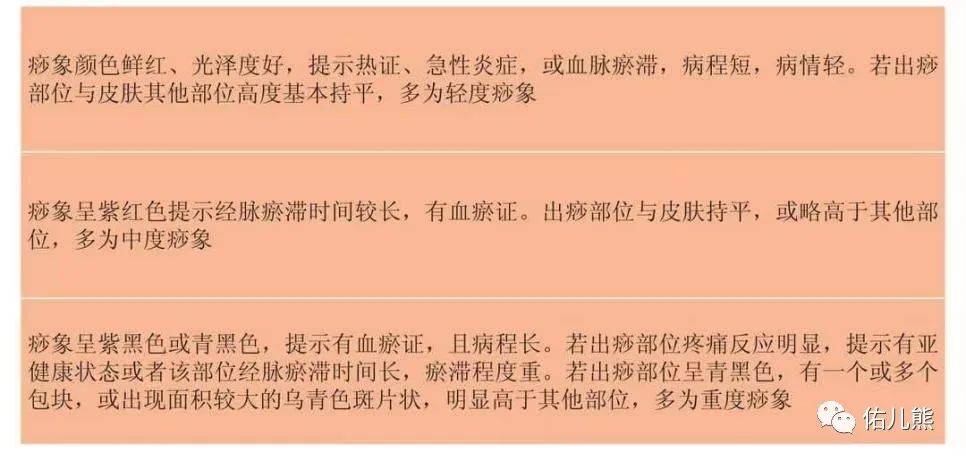
(All images are sourced from the internet, please delete if infringing)
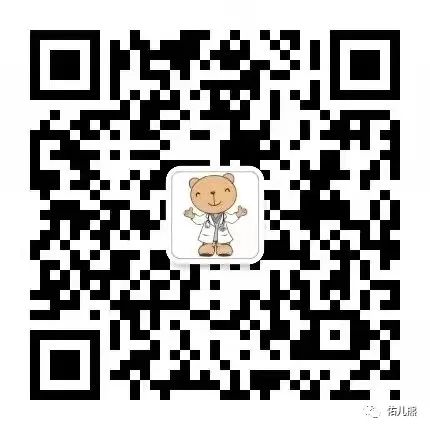
WeChat ID|youerxiong
Address|Yunnan University of Traditional Chinese Medicine
Text and Image Editor丨Zheng Xiaoqian
Text Proofreader丨Zheng Xiaoqian Zhao Yi
Editor丨Wang Na Wu Xincheng Zhang Zihao

